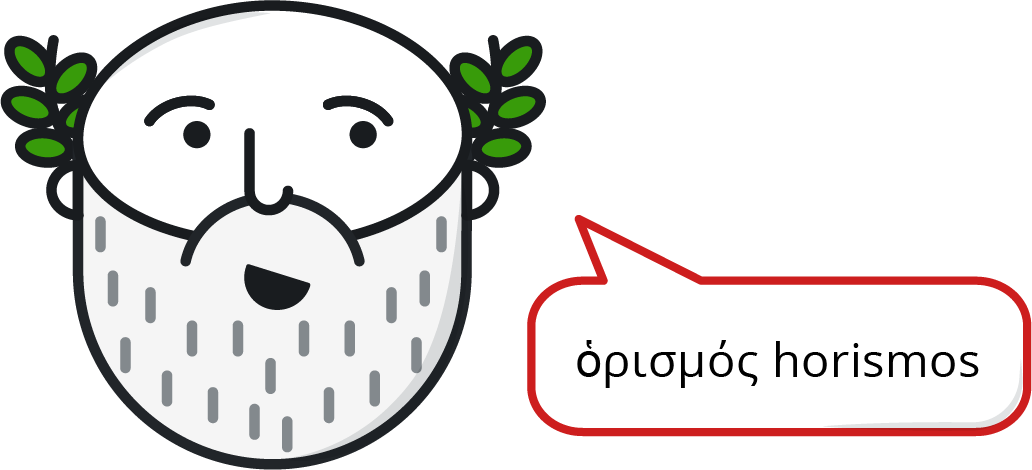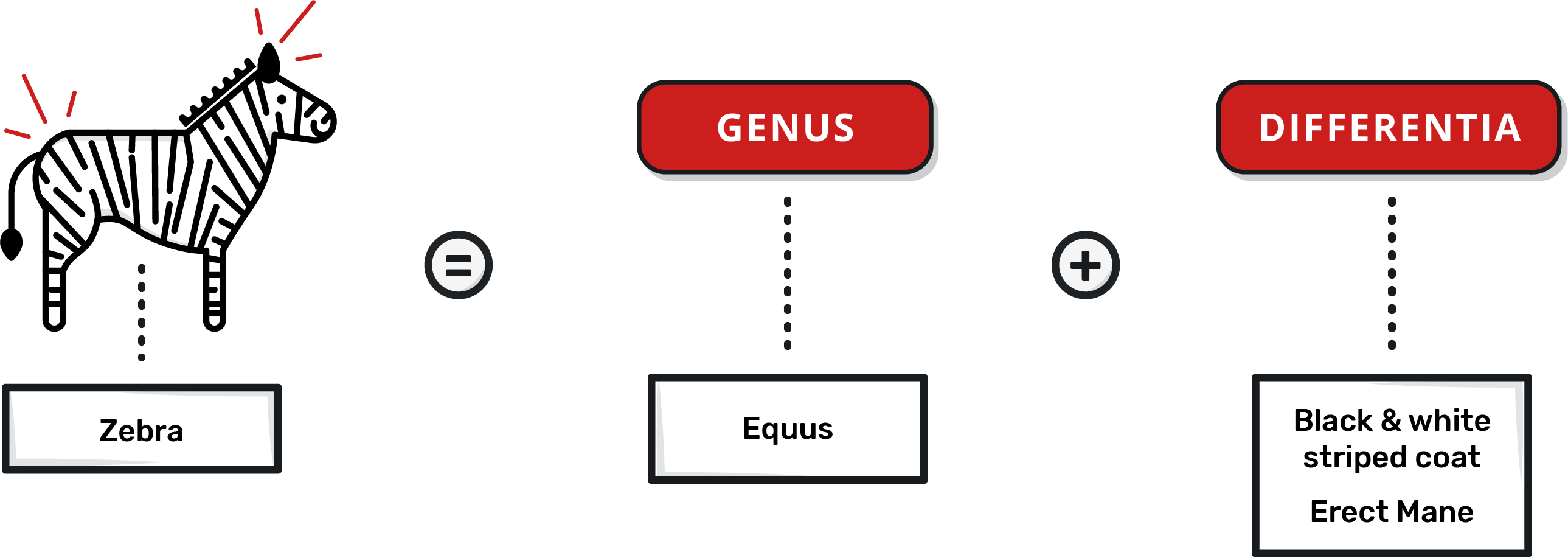In its simplest form, a definition is “a statement of the meaning of a word or word group or a sign or symbol1”. In other words, a definition explains through clarification and further explanation what we are trying to say with one or a few short words. Aristotle would say that the definition provides the essence (ὁρισμός horismos) of the term2.

Well, that’s nice, but it isn’t that helpful unless you are a philosophy major who can spout out what essence means as part of dinner conversation. And even if you wanted to we’d rather you just stare blankly at your iPhone. So to start this off, let’s look at an example of a bad definition, one that just doesn’t fit the essence of the term it is supposed to describe.
In our research we come across a great deal of bad definitions, many of which are found in published glossaries. For example, a technical glossary from the United States’ National Institute of Standards and Technology, their Glossary of key Information Security Terms, defines the term Computer Security Incident Response Team (CSIRT) as - a capability set up for the purpose of assisting in responding to computer security-related incidents.
This term, absent of the definition, and because it describes a team, brings to mind a group of people who respond to computer security incidents. However, the presented definition egregiously leaves out the entire essence of team and replaces it with capability. Although the team in this definition should be comprised of individuals who possess the capability to respond to security incidents, the definition fails by mistaking a group for a capability.
The format of a well written definition
All of the reading we’ve done, all of the research we’ve done, except for Purdue’s Online Writing Lab example13 (which states you need to always start with the term, which we will ignore), breaks a definition down (roughly) into two parts, as shown below:
category of concept + differentiating characteristics
Or if you like to use scientific words:
genus + differentia
Category (genus)
This defines the category or class your concept fits into. In essence, you are relating the term to its broader category so that your audience says “yeah, I know what those are”.
Differentiating Characteristics (differentia)
These are the specific characteristics that set your term apart from other terms within that category. Once you’ve related your term to the broader category, now you are saying “well, it’s like those things, but with these differences.”
Most often, the category of the concept is presented first, followed by the differentiating characteristics. Other types of definitions will lead with what differentiates the concept and then show how it fits into the broader category. The best way to bring this point home is to give you some examples of the different types of definitions that are out there, using terms that we should all be familiar with. By doing this, we’ll be able to give you the definition and then point out how it was formulated.
Let’s say that we were going to describe a Zebra using this method. We would say that a Zebra was a mammal in the family of Equidae (Equus) with black and white stripes and an erect mane.

If this were a conversation, you might be stating it like this; “Hey, you know what a horse is, right? Well this is in the family of horses, but they Zebras have black and white striped coats and short manes that stand straight up.” You are equating it to something they know and then adding the differences for this particular concept or thing.
This is the basic form of a definition. Of course, folks can’t leave well enough alone, so they’ve created several kinds of definitions that you can either delve into or skip over.